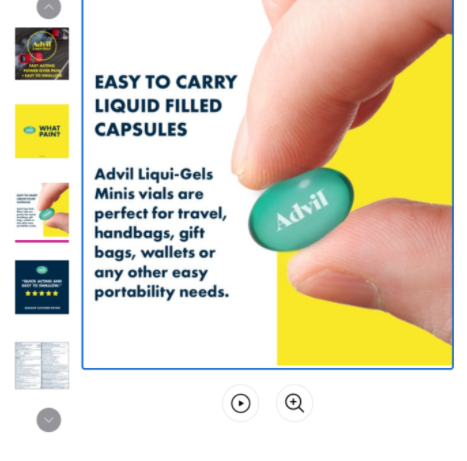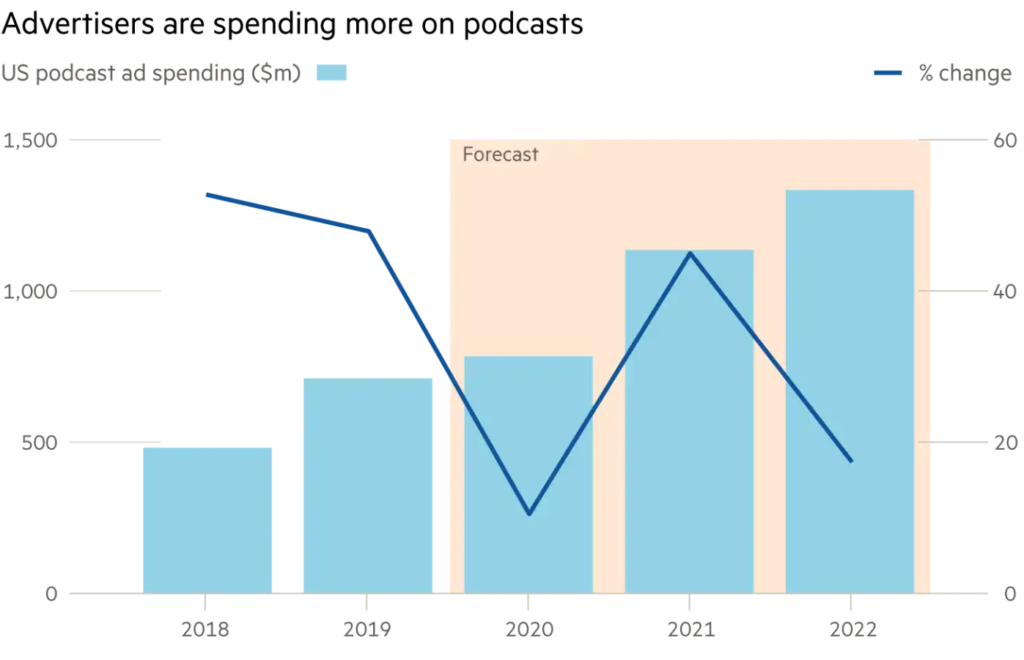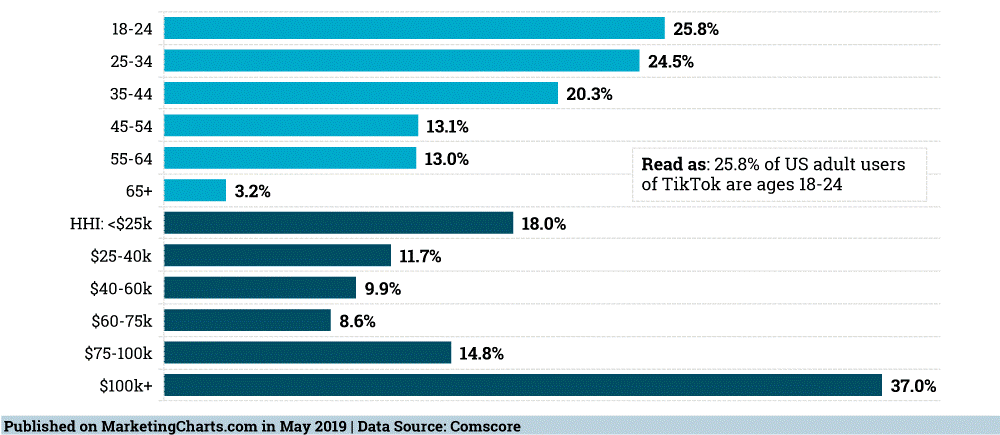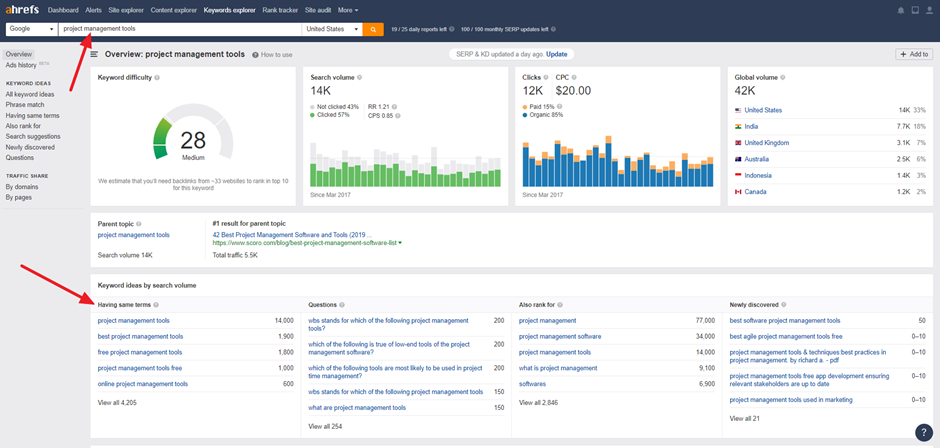For most startups and other companies operating in crowded markets, one of the biggest challenges faced is demand generation. Though similar to lead generation, they are distinctly different because demand generation is a much more involved process.
What is a demand generation strategy?
In its simplest term, a demand generation strategy is a strategy of generating demand for a business’ product or service. Therefore, it is the practice of creating demand for an organization’s product or services through marketing.
Like a funnel, demand generation begins by identifying audiences that are likely to be receptive to the marketing messaging of a brand, before shepherding prospects through a funnel that addresses every stage of the conversion process.
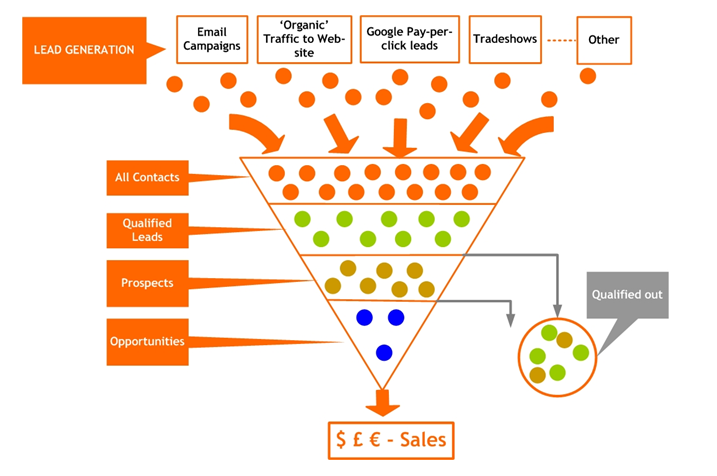
Source: Neil Patel
There are three main elements to a successful demand generation strategy: the players, the methods, and the goals.
The players
Demand generation should be a collaborative activity between your company’s sales and marketing teams. Some of the players on your demand generation team will include job titles such as demand gen marketing team lead, marketing operations, or marketing technologist. On the sales side, typical titles include sales operations or sales managers.
Demand generation methods
Demand generation marketing uses coordinated, multi-tiered activities to identify and engage buyers through targeted inbound and outbound activities. Key elements of demand generation include web insights and inbound marketing, content marketing, social media engagement, lead nurturing, lead scoring, measuring and optimization, and sales and marketing alignment.
Demand generation goals
Your goal should be to have a well-oiled demand generation program that improves lead quality, accelerates the buying cycle, and improves conversion rates from your initial inquiries to qualified opportunities.
Pumping your pipeline full of high volume with low-quality leads isn’t going to help your company, especially in the long run. And it can definitely deteriorate your relationship with your sales team. You really have to focus your time and energy on generating those high-quality leads that will convert in order to truly achieve demand generation success.
How do you build a demand generation strategy?
To effectively build a demand generation plan, the following strategies can be adopted:
1. Invest (More) in Content Creation
While inbound marketing is a huge part of a successful demand generation strategy, content creation has never been more important. A solid content strategy for demand generation purposes incorporates giving away only your very best stuff and providing your audience with an invaluable go-to resource. Similarly, content is most definitely a long-term investment, just like demand generation itself.
2. Use Managed Placements in Display Campaigns
Managed Placements allow advertisers to control the audience their display ads are shown to more effectively by specifying where their ads appear, as well as limiting their reach to individuals who are more likely to respond positively to them. Think of them as a more targeted approach to display, rather than the somewhat scattershot approach of regular display ads.
3. Optimize Your Email Marketing Strategies
It’s a given that email marketing can be an incredibly powerful component of your demand generation campaigns, but far too many advertisers misuse it or fail to harness its potential. With email marketing, A/B testing is essential, and the saying that “Less is more” most definitely applies. Constantly spamming your database with low-value offers is a guaranteed way to drive your subscribers to ‘unsubscribe’.
4. Use Lookalike Audiences on Facebook
Assuming that you’re already advertising on Facebook or TikTok, one of the most powerful targeting strategies on the platform is the lookalike audiences. As their name suggests, lookalike audiences are custom audiences that closely resemble users that have already expressed an interest in your products, services, or content, based on demographic and behavioral similarities.
5. Partner with Industry Superstars on Webinars
If webinars are going to be deployed as part of your demand generation strategy, you need to go all in. You can achieve that by ensuring you only partner with the superstars of your industry on webinars. Doing so will increase your industry popularity, forge valuable connections with key influencers, and boost your brand awareness – all being essential elements of an ongoing demand generation strategy.
6. Give Away Your Best Stuff
Whether it’s a content download, a free offer, or another promotional campaign, ensure you only give away your very best stuff. While this might seem counterintuitive, consistently offering giveaways of real value has several benefits.
7. Consider Implementing a Lead Scoring System
Lead scoring is one of the best ways to determine whether your leads are of the quality your sales team needs to close more deals. Since demand generation is not only about increasing the number of leads for your brand, but also raising the quality of those leads, implementing a lead scoring system becomes invaluable.
8. Provide a Free Tool, App, or Resource
One of the most effective ways to create a successful demand generation campaign as a new brand is by offering a free tool or resource. Of course, developing a free tool (or app) isn’t cheap, and there are overheads you’ll have to consider, such as development budgets. However, we’ve found that these overheads pale in comparison to the value the freebies have offered advertisers – consumers, and their place in our own demand generation strategy.
9. Leverage the Power of Display Remarketing to Build Brand Awareness
To many marketers, remarketing is a powerful strategy for increasing conversion rates. While you should be remarketing with a view to increasing conversions, remarketing is also a remarkably powerful brand awareness-building tool. As you can see in the figure below, once we implemented display remarketing as a brand awareness-building strategy, conversion rates were dramatically increased over time:
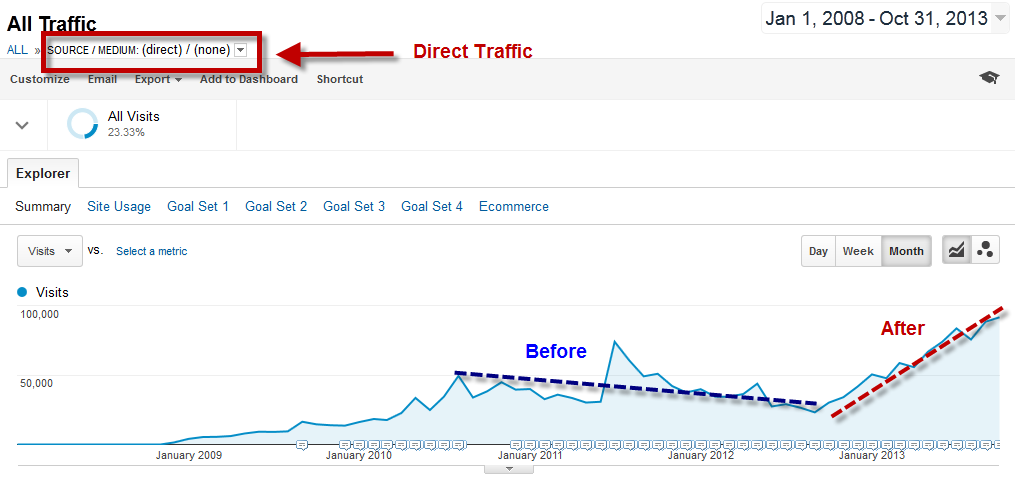
Source: Wordstream
How do you measure demand generation?
Demand generation can be measured using the following metrics:
- Closing percentages: Closing percentages is a classic sales metric that can reveal insight into more than just sales team performance.
- Funnel conversion rates
- Cost-per-acquisition: If the cost of customer acquisition (CoCA) exceeds the average customer lifetime value, it’s impossible for an organization to achieve profitability.
- Cost-per-lead: This demand generation metric can be used to reveal the average costs per campaign, channel, or buyer persona.
- Conversion to marketing qualified lead (MQLs): A lead that’s qualified for nurturing and retargeting based on meeting pre-defined criteria for lead intelligence.
- Lifetime customer value (LTV): This is the total profitability of a customer account over the total length of their relationship with your organization.
- Average deal size: This is the average dollar value of each new, closed customer account that completes the sales cycle.
What is B2B demand generation?
B2B demand generation is the process of creating awareness and demand for your products or services. While demand generation aims to grow your audience by bringing new visitors to your website (business) and introducing them to your solutions, B2B demand generation feeds into lead generation.
First, awareness needs to be driven through demand generation. Also, you may need to keep your leads interested for a while because not everyone is ready to opt-in or convert on day one. Others, especially at large enterprises, are locked into vendor relationships that prevent them from looking for alternatives until set times.
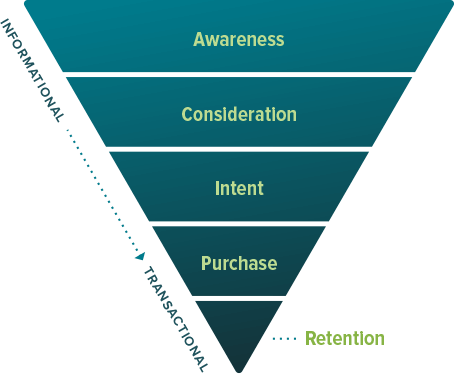
Source: Terokeet
Some importance of B2B demand generation includes:
Increase brand awareness
B2B demand generation strategies don’t just bring leads to your website (business), a well-executed marketing campaigns make your brand stand out to people who may not yet need your product.
More lead generation
Even though B2B demand generation has a broader focus than lead generation, a well-executed demand generation strategy creates a significant uptick in leads.
Increase revenue
Simply put, More qualified leads = more revenue.
Demand Generation Best Practices
- Analyze and optimize your campaigns
- Develop buyer personas and customer journey maps
- Work closely with sales
- Create a consistent brand identity.

